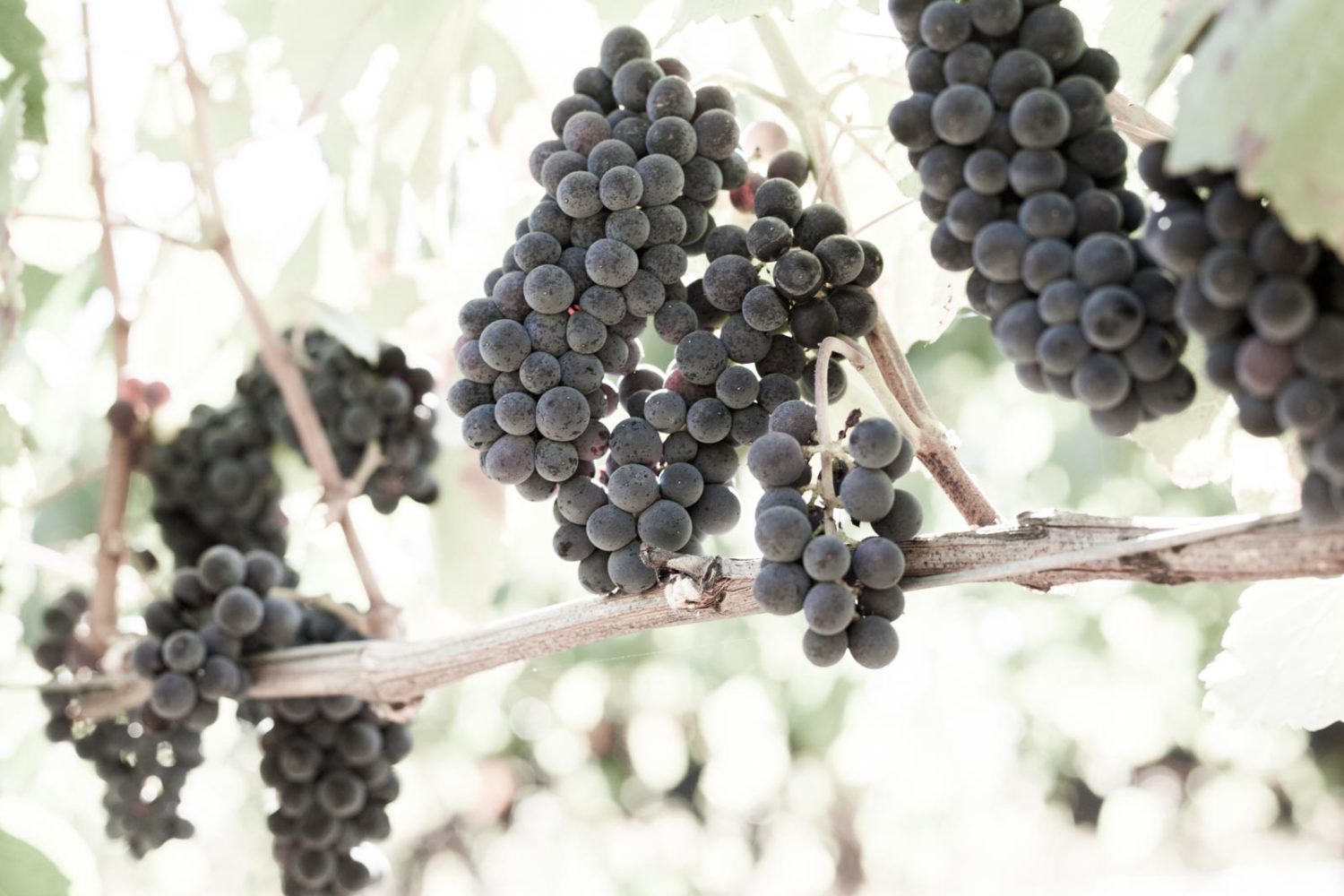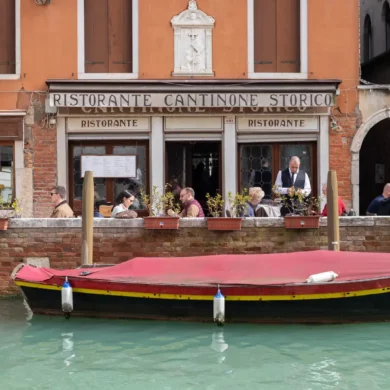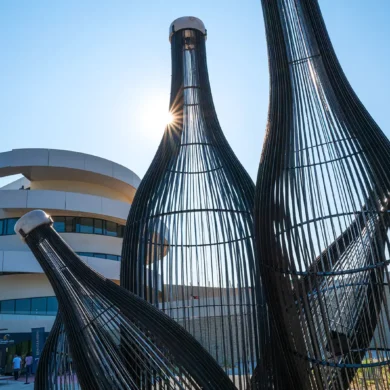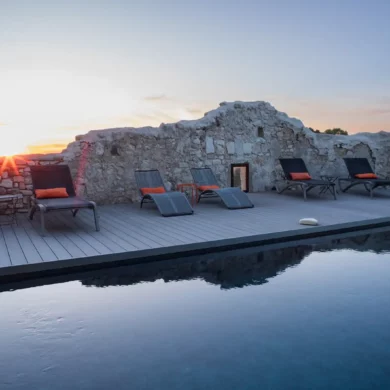What is it like to visit Sonoma and Marin Counties in August? We wrote extensively about the region’s cool-climate wines in our Getting Schooled in Sonoma series. However, from a vacation standpoint, you can explore a lot more than just wine. (Although, let’s be honest: wine is the main reason to go). Throughout the trip, my wife and I shot brief video snippets of the countryside, and I’ve edited them together into this short film on visiting Sonoma and Marin Counties. It includes stops at MacRostie, Arista, Copain and Fort Ross wineries, as well as Point Reyes National Seashore, Tomales Bay, Healdsburg, the Russian River, the Sonoma Coast and Sea Ranch (oh, and the Golden Gate Bridge and Japanese Tea Garden). Every single place is worth a visit. Enjoy.
Sonoma / Marin from Kevin Day on Vimeo.
For more on the wines we tasted, visit the following articles.
On a trip to explore the northern end of Sonoma — an area I thought produced the most interesting wines for my taste — we were unwittingly beginning our journey on the extreme southern fringes, in Carneros. Read more.
It’s a refrain you hear a lot from winemakers: great wine is made in the vineyard, not in the winery. But behind Ben’s comment was a subtle suggestion that while trends come and go, what he and his family were doing with Arista’s wines will endure. After all, he was just working with what nature was dealing him — and nature knows a thing or two about being timeless. Read more.
I wanted to visit Red Car. A month before, their Sonoma Coast Chardonnay blew me away. For me, it was a rare thing: a Chardonnay without noise. There was a purity in the fruit, and a restraint on the oakiness that really allowed for some compelling secondary aromas. Read more.
Wells Guthrie’s Copain Wines had been popping up in front of me at wine shops, wine lists, wine events and wine articles for years. The word was always positive: “This guy gets it,” one wine shop owner had told me. “He has an Old World style with New World terroir … his wines are very food-friendly.” Read more.
Compelling Pinot Noir in the Americas tends to come from the fringes: vineyards situated where the climate gives just barely enough sunlight and warmth to sustain, foster and ripen the berries into something beautiful. Read more.




